That magical moment when the school bell rang, releasing you into the freedom of afternoon, was only made sweeter by one thing: the after-school snack awaiting you at home. Before structured activities and endless screen time filled the hours between dismissal and dinner, there was that perfect window of snacking opportunity—a chance to refuel and decompress with treats that defined childhood for generations. These weren’t just foods; they were rituals, comforts, and for many of us, the core memories of growing up. Here’s a nostalgic journey through twelve after-school snacks from yesteryear that delivered pure comfort in every bite.
1. Ants on a Log
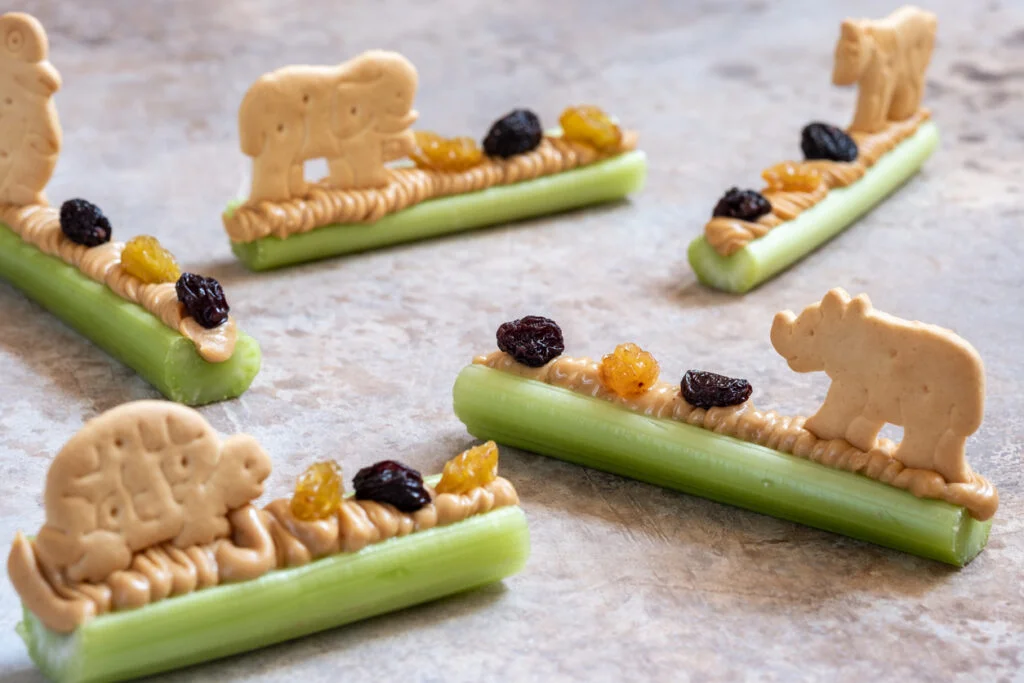
Few snacks combined nutrition and whimsy as perfectly as ants on a log—that brilliant combination of celery stalks filled with peanut butter and dotted with raisin “ants” marching in a neat row. This snack hit the sweet spot between the healthy options parents approved of and the fun presentation that made kids actually want to eat vegetables. The satisfying crunch of celery paired with creamy peanut butter created a textural masterpiece that has stood the test of time. To this day, Kotaku praises this snack as the ultimate combination of nutrition and nostalgia.
The beauty of ants on a log lay in its customizability—some households used cream cheese instead of peanut butter, while others swapped raisins for chocolate chips for special occasions. The simple assembly process made it a perfect snack for kids to make themselves, offering a small taste of independence in the kitchen. Though it might seem quaint compared to today’s pre-packaged snack options, this classic combination continues to march through generations, reminding us that sometimes the simplest foods create the most lasting memories.
2. Tang and Space Food Sticks

Nothing captured the Space Age enthusiasm of previous generations quite like the combination of Tang and Space Food Sticks. Tang, the orange-flavored drink crystals that gained fame through NASA’s space program, transformed ordinary tap water into what kids imagined astronauts must be drinking in orbit. The ritual of stirring the bright orange powder into water, watching it dissolve into a sweet, citrusy concoction, was itself a small science experiment conducted daily in kitchens across America. CNN praises this treat’s staying power, both standing the test of time and transcending borders.
Its frequent companion, Space Food Sticks, were chewy, cylindrical protein snacks originally developed for astronauts but marketed to children as futuristic food. Available in flavors like chocolate, peanut butter, and caramel, these cylindrical treats weren’t particularly delicious by modern standards, but their connection to space exploration made them irresistible to kids dreaming of the cosmos. Together, this cosmic snack pairing transported after-school snack time from the kitchen table to the imaginary realms of space travel—proving that sometimes the adventure a snack promised was as satisfying as its taste.
3. Dunkaroos
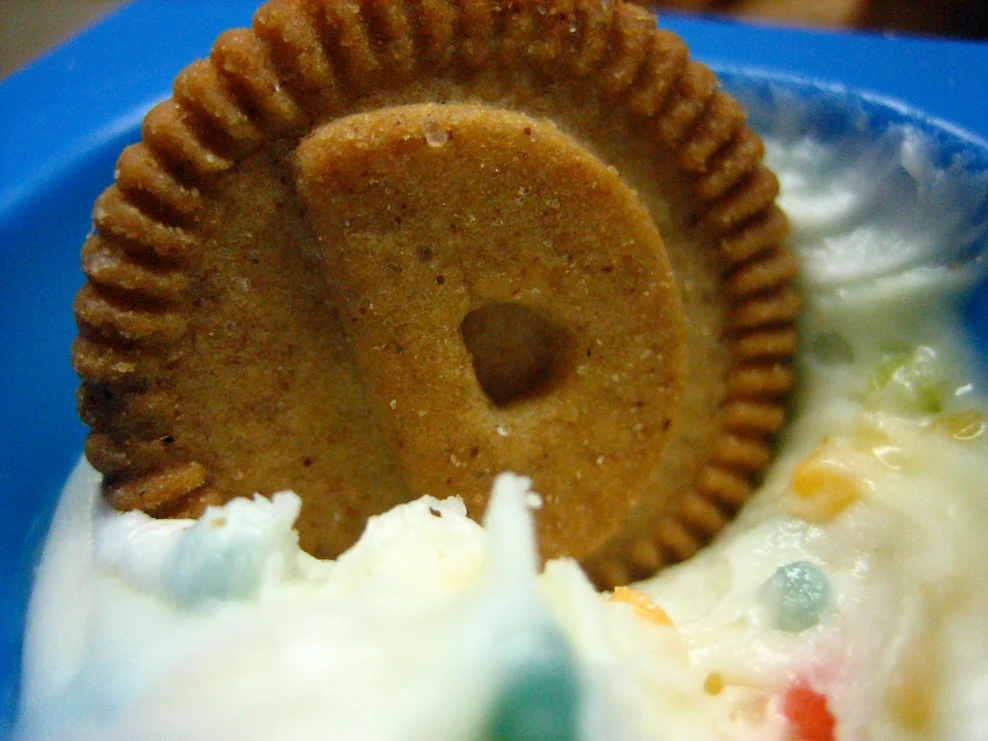
The 1990s brought the perfect embodiment of interactive snacking: Dunkaroos, those ingenious little packages containing vanilla cookies and frosting for dipping. The simplicity was part of the charm—open the package, dunk the cookie into the sprinkle-filled frosting (usually vanilla or chocolate), and experience the perfect ratio of crunchy cookie to sweet frosting with every bite. For many children, the challenge was making the frosting last until the final cookie—a test of restraint that few mastered. Snack History takes a bite out of all the flavors that made Dunkaroos such a success, from taste to advertising.
The brilliance of Dunkaroos was turning snack time into an activity rather than just consumption. The packaging itself became part of the experience, with the cartoon kangaroo mascot “Sydney” making the snack feel even more special. Though they disappeared from American shelves for years (creating a black market of Canadian imports), their nostalgic pull was so strong that they eventually made a triumphant return. The emotional response to their comeback proved that Dunkaroos weren’t just a snack—they were a time machine back to simpler days when the biggest worry was whether you could make the frosting last for all the cookies.
4. Pizza Rolls
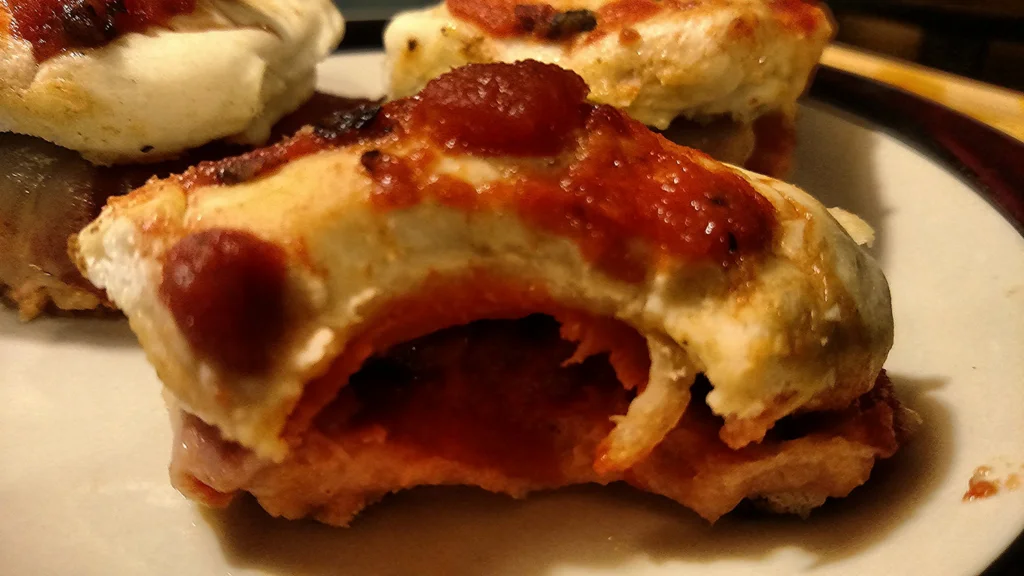
Few after-school snacks inspired such a complex relationship as pizza rolls—those molten pouches of pizza-adjacent filling that simultaneously delighted taste buds and scorched the roof of many young mouths. Waiting for these crispy squares to cool after emerging from the oven or microwave was a lesson in patience that few mastered, resulting in the universal experience of the “pizza roll burn.” Yet despite this danger—or perhaps because of the thrill it added—they remained a staple of after-school hunger management.
The ritual was familiar in countless homes: dumping a dozen or so onto a plate, cooking them until they just started to burst at the seams, then carefully navigating that first bite to release the steam without losing the molten cheese and sauce. The contrast between the crispy exterior and the lava-hot filling created a textural experience that kept kids coming back despite burned palates. They weren’t quite pizza, they weren’t quite ravioli, but in that after-school hunger window, pizza rolls occupied their own perfect culinary category—hot, salty, cheese-filled bites of comfort that tasted like freedom from school and briefly made you the master of your own cuisine.
5. Pop-Tarts Eaten Cold Straight from the Box
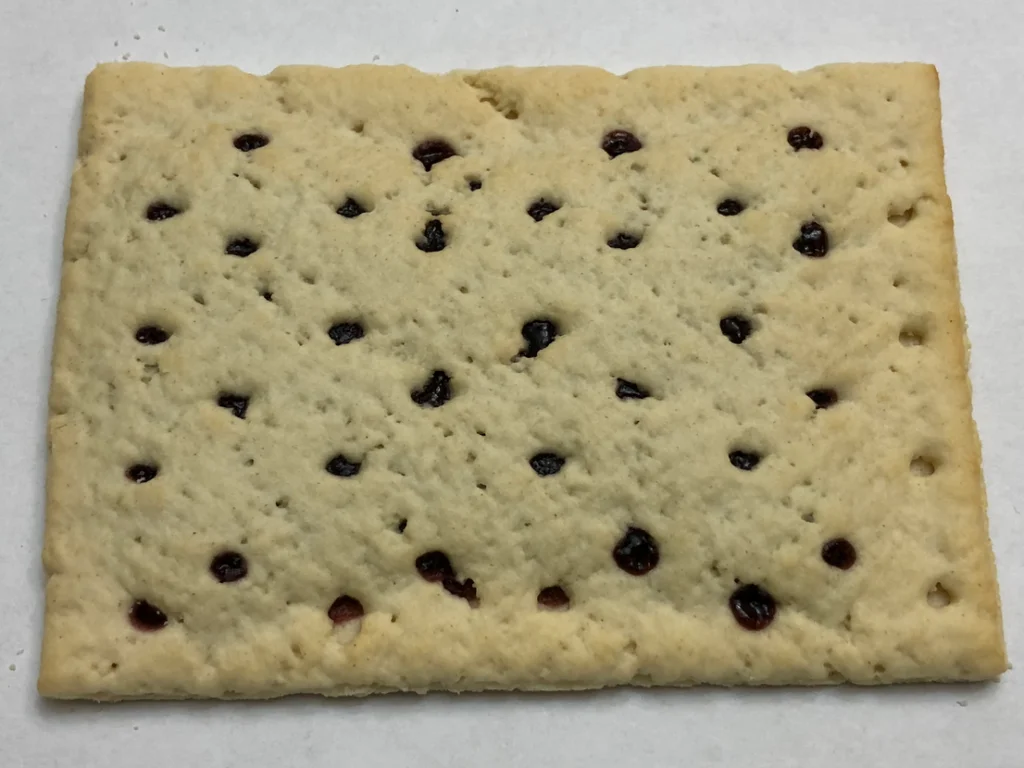
While Pop-Tarts were designed to be toasted, generations of children discovered the illicit joy of eating them straight from the foil packet, bypassing the toaster entirely. There was something deliciously rebellious about this approach—consuming what was technically breakfast food as an afternoon snack, saving precious minutes that could be better spent watching cartoons or playing outside before dinner. The unique texture of an untoasted Pop-Tart—slightly chewy rather than crisp—offered a completely different experience from its heated counterpart.
Different flavors inspired fierce loyalty among fans: Frosted Strawberry devotees would never switch to Brown Sugar Cinnamon, while S’mores enthusiasts formed their own passionate subset. The twin-pack packaging created natural portion control, though many households had unspoken rules about when it was acceptable to eat both pastries versus saving one for later. The portable nature made them perfect for backpack stashing, bedroom hoarding, or covert snacking while doing homework. Though nutritionally questionable, the comfort of breaking that frosted rectangle in half and enjoying its sweet filling wasn’t about health—it was about that moment of sweet independence that bridged the structured school day and evening family time.
6. Cheese and Crackers Made with Government Cheese

Before elaborate charcuterie boards dominated social media, there was the humble perfection of crackers topped with cheese—often cuts from the legendary block of “government cheese” that many families received through assistance programs or that became synonymous with processed American cheese in general. The bright orange processed cheese, sliced into perfect squares that matched the dimensions of a Ritz or Saltine cracker, created a simple yet satisfying after-school snack that required minimal preparation but delivered maximum comfort.
The charm of this snack lay in its assembly process—the methodical stacking of cheese on crackers, sometimes enhanced with a squirt of yellow mustard or a pickle slice if you were feeling fancy. Each bite delivered the perfect combination of crispy, salty cracker and creamy, mild cheese that somehow tasted like childhood itself. Variations abounded based on whatever was in the refrigerator—some lucky children enjoyed sliced cheddar or Swiss instead of processed cheese, while others created sandwich crackers with peanut butter instead. Yet the classic version remains frozen in time for many adults who can still taste that distinct cheese flavor that no artisanal cheese board has ever quite replicated.
7. Celery with Cheez Whiz
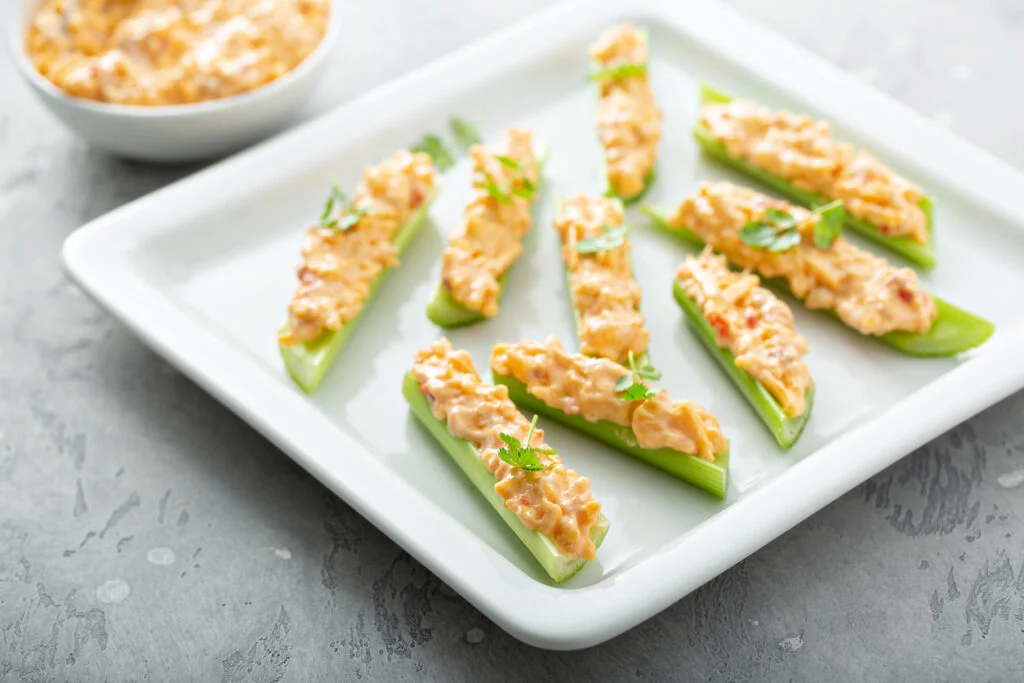
Before wellness culture and organic snacks dominated parenting discussions, there was the beautifully artificial delight of Cheez Whiz pumped generously into celery stalks. This snack married the crispness of a fresh vegetable with the creamy, intensely savory processed cheese spread that somehow tasted better from the jar than any actual cheese had a right to. The vibrant orange color against the pale green celery created a visually striking snack that was as fun to look at as it was to eat.
The tactile experience was part of the appeal—spreading the thick cheese product into the celery’s natural groove, creating a perfect vessel for the processed dairy product. Some households elevated this simple snack by adding a sprinkle of paprika or sliced olives, transforming humble ingredients into what felt like sophisticated hors d’oeuvres. While today’s parents might hesitate at the ingredient list on a jar of Cheez Whiz, for previous generations, this snack represented the perfect compromise—a vegetable vehicle for delivering the salty, tangy cheese product that children actually wanted to eat. The fact that many adults still secretly crave this combination speaks to its enduring appeal as comfort food in its purest form.
8. Pudding Cups with Pull-Tab Metal Lids
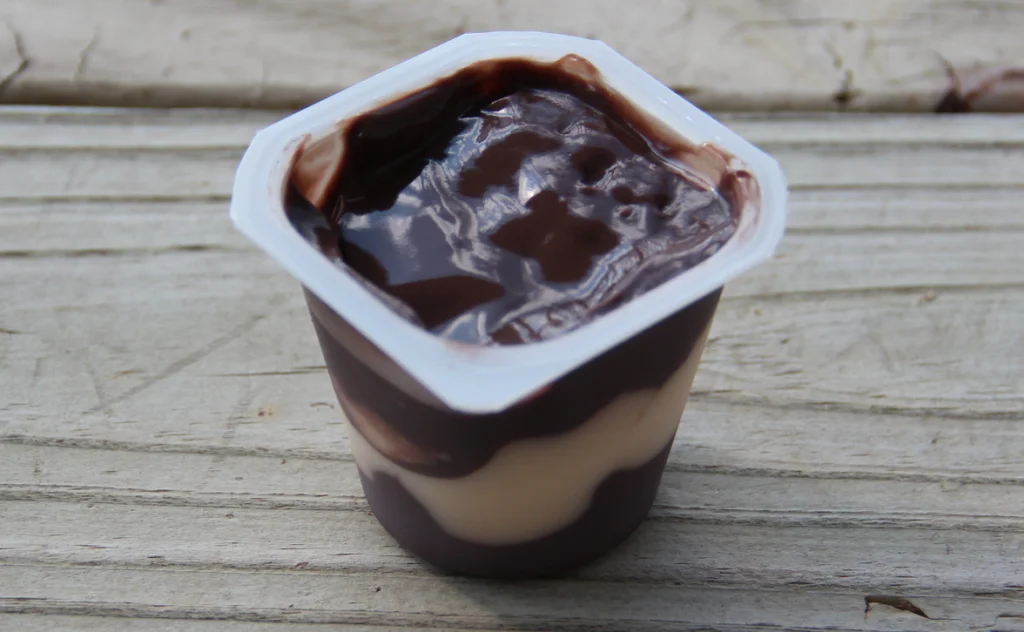
Before plastic containers and peel-off lids revolutionized pudding packaging, there was the distinct experience of opening a metal-topped pudding cup—carefully pulling the ring tab to reveal the chocolate, vanilla, or butterscotch treasure beneath. The anticipation built as you worked the tab around the circumference, trying not to spill a drop of the precious pudding within. Success meant being rewarded with that perfectly smooth surface of pudding, untouched and promising creamy satisfaction.
The ritual continued with the all-important decision: would you dive straight in, or lick the underside of the lid first to capture every bit of pudding clinging to the metal? Most children chose the latter, savoring that preliminary taste before excavating the cup itself with a spoon (or finger, when no adults were watching). The portable nature of these cups made them perfect for lunchboxes and after-school snacking, requiring no refrigeration—a shelf-stable miracle of 20th-century food technology. Though today’s pudding cups offer convenient plastic packaging, they’ve lost something in the transition—that distinctive metallic ping of the pull tab and the satisfaction of a perfectly removed lid that connected generations of pudding enthusiasts.
9. English Muffin Pizzas
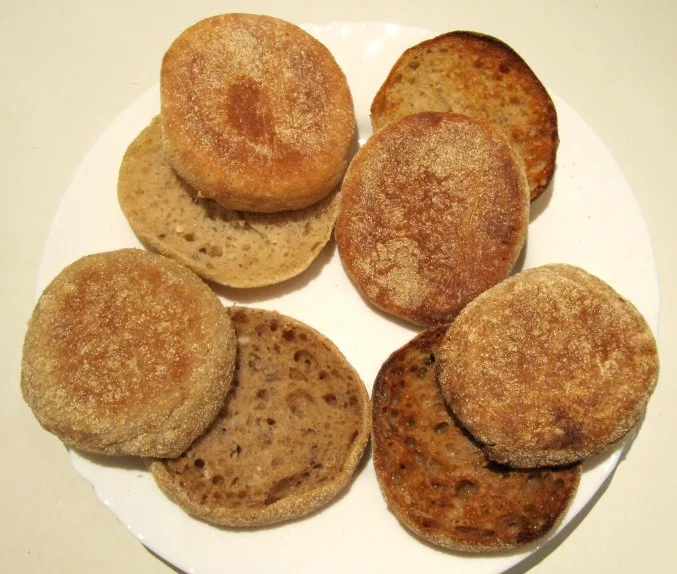
The English muffin pizza represented the perfect intersection of independence and creativity in after-school snacking—a customizable mini-meal that children could prepare themselves with minimal supervision. The formula was brilliantly simple: split an English muffin, spread with tomato sauce from a jar, sprinkle with shredded mozzarella, add toppings if desired, then broil until bubbling. The result was a personal pizza that offered the satisfaction of cooking without the complexity of actual meal preparation.
What made English muffin pizzas special was their adaptability to individual preferences—one child could enjoy plain cheese while another experimented with pepperoni or olives, all from the same basic ingredients. The nooks and crannies of the English muffin trapped sauce and cheese in delicious pockets, creating textural interest beyond what a regular slice could offer. The pride of creation added an emotional dimension to this snack—for many children, these mini pizzas represented early culinary independence and the satisfaction of producing something that actually tasted good. Decades later, many adults still reach for English muffins and jarred sauce when seeking a quick comfort food fix, proving the lasting impact of this humble after-school classic.
10. Kool-Aid with Way Too Much Sugar

Before sports drinks and boxed juice took over the beverage market, Kool-Aid reigned supreme as the after-school drink of choice—those little packets of flavored powder that transformed ordinary tap water into vibrantly colored, intensely sweet refreshment. The preparation was part of the experience: watching as cups of sugar (often more than the recommended amount) dissolved into water, then adding the powder and stirring until the transformation was complete. The result was less a drink and more a liquid candy that somehow quenched thirst while simultaneously creating it.
The flavor options created passionate loyalties among children—Tropical Punch devotees would never switch to Grape, while others maintained that Blue Raspberry was the only acceptable choice. The tell-tale evidence of Kool-Aid consumption—a distinctive colored ring around the mouth that matched whatever flavor you’d been drinking—was a badge of after-school freedom. Parents often monitored its preparation, knowing children’s tendency to increase the already substantial sugar content, turning the drink into sweet syrup. Despite its nutritional shortcomings, Kool-Aid represented more than just a beverage; it was freedom in a glass, a burst of flavor and color that bridged the gap between structured school day and evening routine.
11. Hostess Fruit Pies
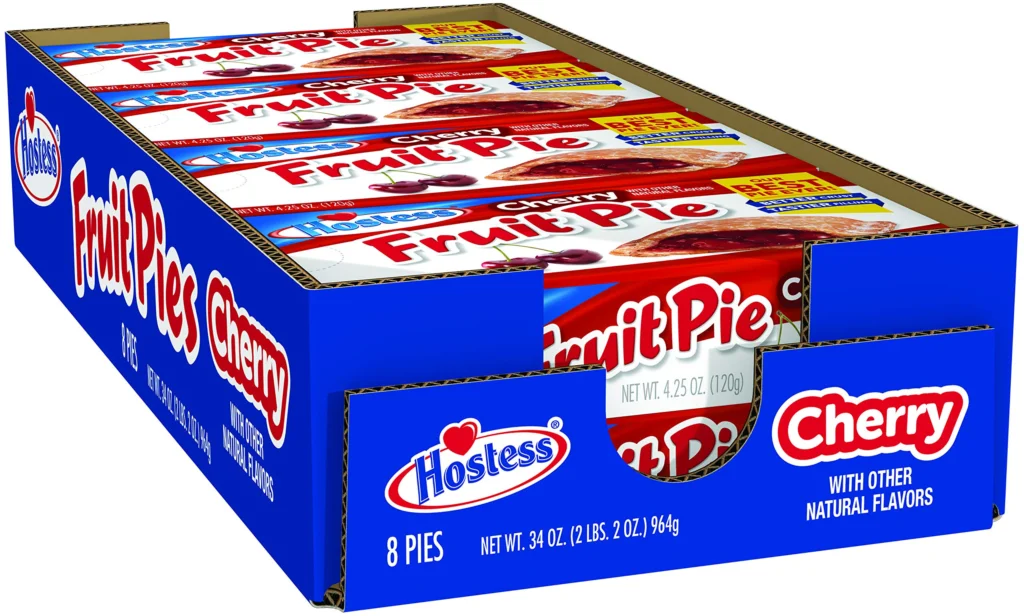
The Hostess Fruit Pie in its crinkly wrapper was the ultimate indulgence in the after-school snack hierarchy—a hand-held pastry filled with unnaturally bright fruit filling and glazed with a sweet, crackly coating that stuck to your fingers. These weren’t everyday snacks in most households; their appearance signaled a special occasion or particular indulgence. The substantial nature of these pies meant they could tide over even the hungriest child until dinner, making them perfect for days with after-school sports or activities.
The flavor debate was fierce and personal—cherry advocates would defend their choice passionately against apple enthusiasts, while lemon and blueberry fans formed their own devoted minorities. The eating strategy varied too: some methodically ate from one end to the other, while others sought the perfect filling-to-crust ratio in each bite. The distinctive glaze that coated these pies created a unique textural experience, shattering gently when bitten to reveal the flaky pastry beneath. Though similar products still exist, many adults insist they don’t taste quite the same as the fruit pies of their youth—perhaps because they’re missing the essential ingredient of being enjoyed in that liminal space between school and home, where treats tasted of freedom and simple pleasures.
12. JELL-O 1-2-3
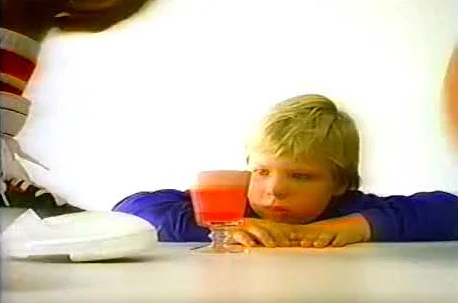
For children of the 1970s and early 1980s, JELL-O 1-2-3 represented snack-time magic—a single powder that separated during setting into three distinct layers: gelatin on the bottom, mousse in the middle, and a light whipped cream-like layer on top. The transformation happened without human intervention, making it seem like culinary alchemy to young minds. The process required advance preparation (it needed several hours to set properly), making it a special treat that rewarded patience with its triple-textured delight.
Served in clear glasses to showcase the distinct layers, JELL-O 1-2-3 elevated ordinary gelatin into something that felt sophisticated and special. The experience of eating through the three different textures—from light and airy to creamy to firmly jiggly—made it an interactive snack that engaged multiple senses. Though discontinued in 1996, this tri-layered treat left such an impression that online communities still share homemade recipes attempting to recreate the experience. Its disappearance from store shelves has only enhanced its nostalgic appeal, representing not just a snack but a particular moment in culinary history when convenience foods could still surprise and delight with their seeming magic.
These after-school snacks weren’t just fuel for growing bodies—they were markers of time, creators of ritual, and for many, the taste of childhood itself. In an era before carefully curated lunchbox photos and organic everything, these simple pleasures bridged the gap between school structure and dinner time, providing comfort and independence in equal measure. While nutritional science and parenting philosophies have evolved, the emotional connection to these beloved snacks remains unchanged—each bite a time machine back to kitchen tables and counter tops where the biggest decision was whether to have another glass of Kool-Aid before mom got home.


